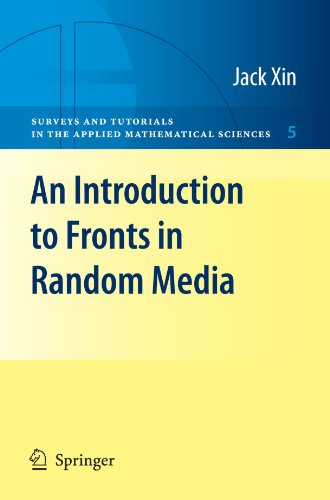

Most ebook files are in PDF format, so you can easily read them using various software such as Foxit Reader or directly on the Google Chrome browser.
Some ebook files are released by publishers in other formats such as .awz, .mobi, .epub, .fb2, etc. You may need to install specific software to read these formats on mobile/PC, such as Calibre.
Please read the tutorial at this link: https://ebookbell.com/faq
We offer FREE conversion to the popular formats you request; however, this may take some time. Therefore, right after payment, please email us, and we will try to provide the service as quickly as possible.
For some exceptional file formats or broken links (if any), please refrain from opening any disputes. Instead, email us first, and we will try to assist within a maximum of 6 hours.
EbookBell Team

4.8
104 reviewsThis book gives a user friendly tutorial to Fronts in Random Media, an interdisciplinary research topic, to senior undergraduates and graduate students in the mathematical sciences, physical sciences and engineering.
Fronts or interface motion occur in a wide range of scientific areas where the physical and chemical laws are expressed in terms of differential equations. Heterogeneities are always present in natural environments: fluid convection in combustion, porous structures, noise effects in material manufacturing to name a few.
Stochastic models hence become natural due to the often lack of complete data in applications.
The transition from seeking deterministic solutions to stochastic solutions is both a conceptual change of thinking and a technical change of tools. The book explains ideas and results systematically in a motivating manner. It covers multi-scale and random fronts in three fundamental equations (Burgers, Hamilton-Jacobi, and reaction-diffusion-advection equations) and explores their connections and mechanical analogies. It discusses representation formulas, Laplace methods, homogenization, ergodic theory, central limit theorems, large-deviation principles, variational and maximum principles.
It shows how to combine these tools to solve concrete problems.
Students and researchers will find the step by step approach and the open problems in the book particularly useful.